Using tiny batteries, researchers hope to power ever-smaller computers and advance the Internet of Things and ubiquitous computing.


Using tiny batteries, researchers hope to power ever-smaller computers and advance the Internet of Things and ubiquitous computing.
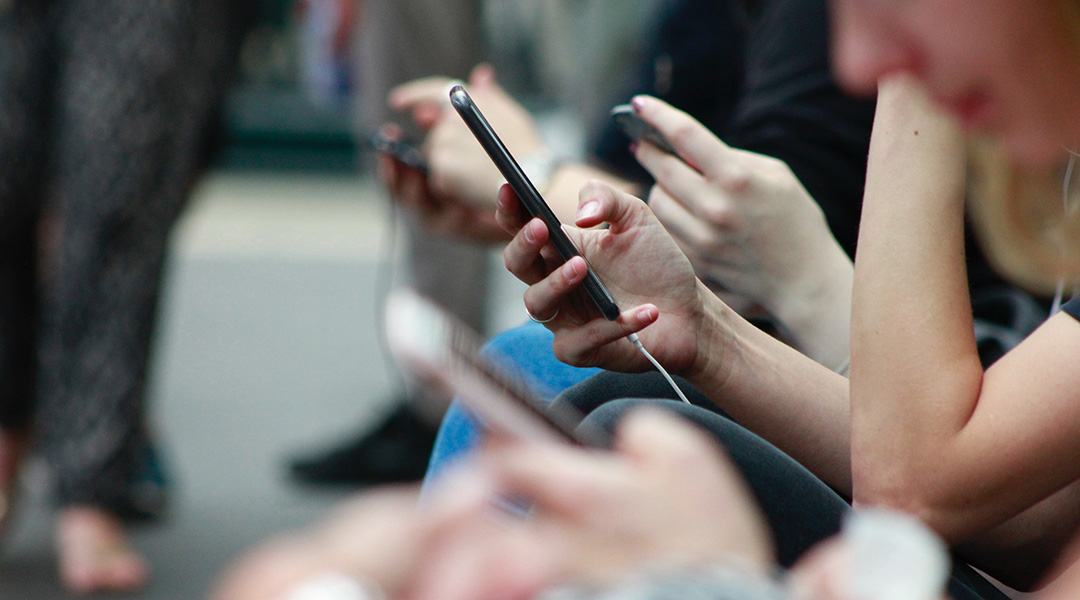
New study provides evidence that social media companies have the tools to reduce the impact of vaccine misinformation on their platforms.

The debate around COVID-19 boosters is highly nuanced, but a new computational model could help better inform policy around such measures in an evolving pandemic.
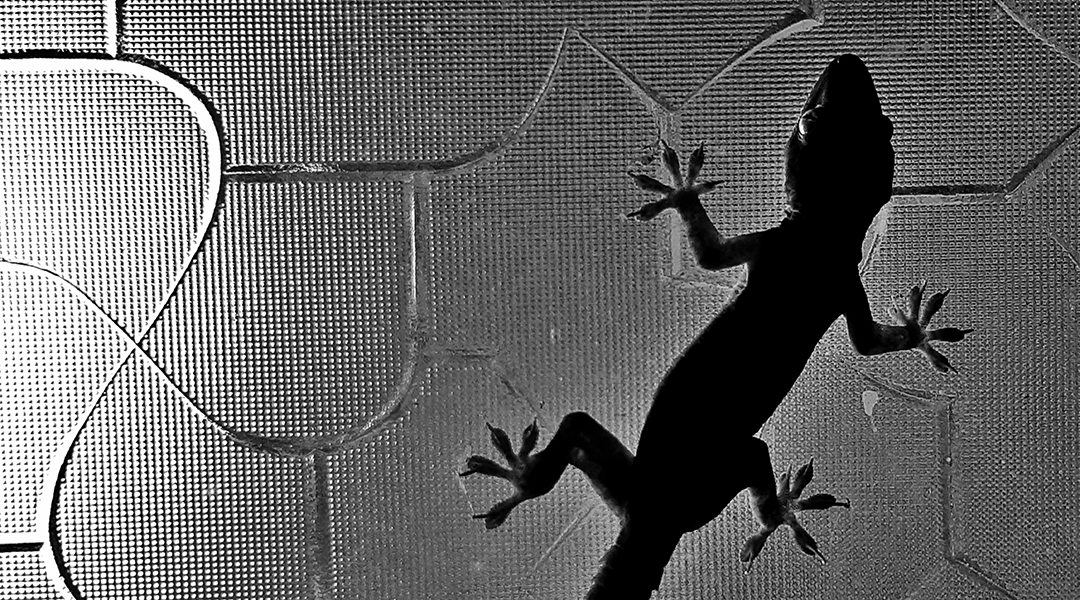
Inspired by microscopic hairs on gecko feet, scientists in South Korea have developed a shape-memory polymer that acts as a dry adhesive.
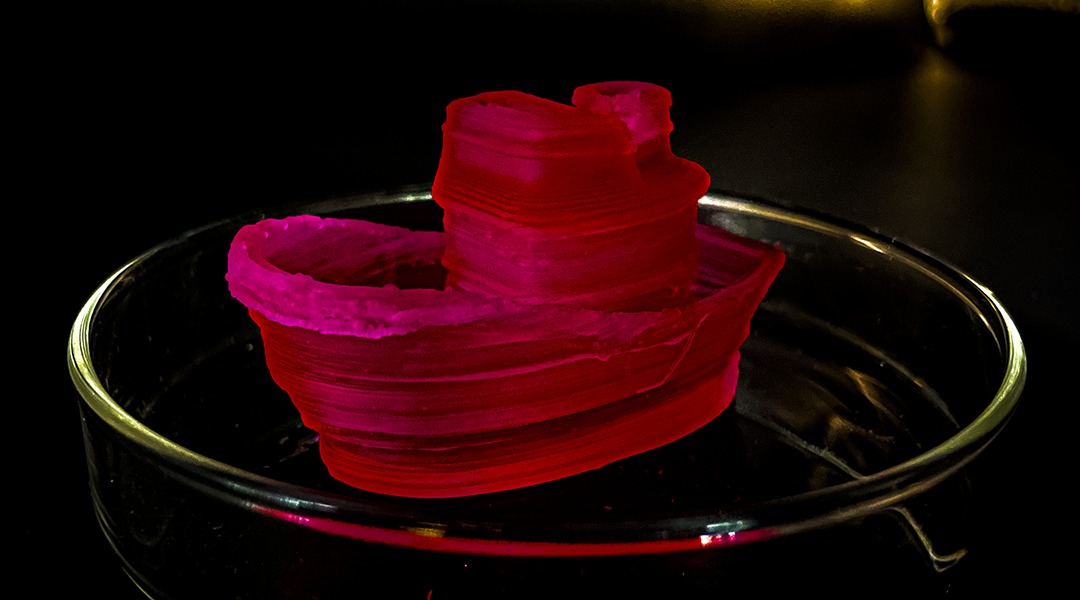
Researchers have created stiff, recyclable hydrogels that can be broken down into their base components and reshaped on demand.
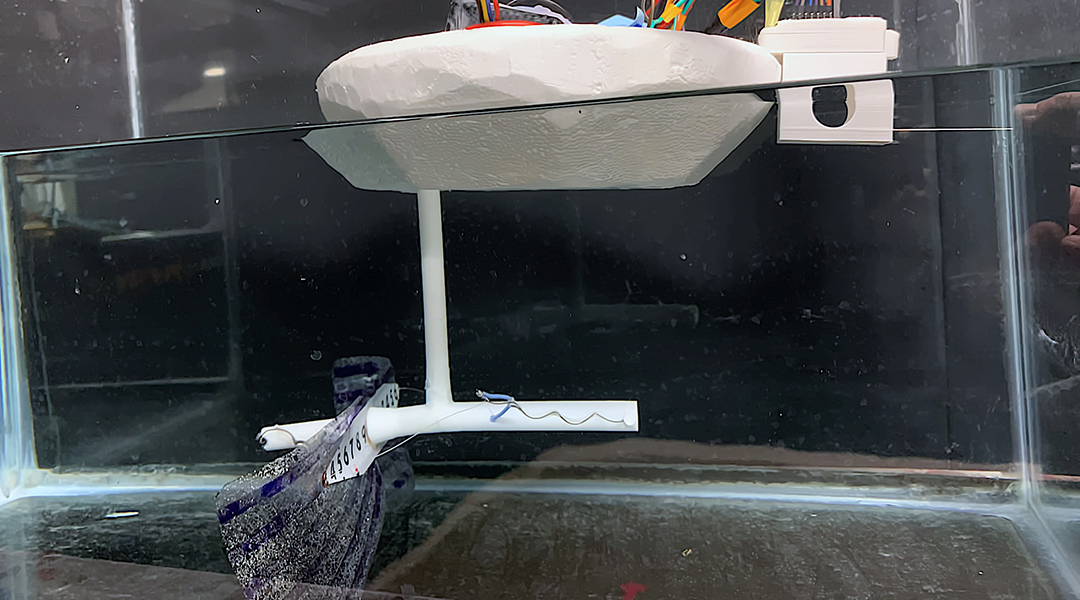
A robotic swimmer that mimics the movement of octopuses could help researchers better monitor aquatic environments remotely and in real time.
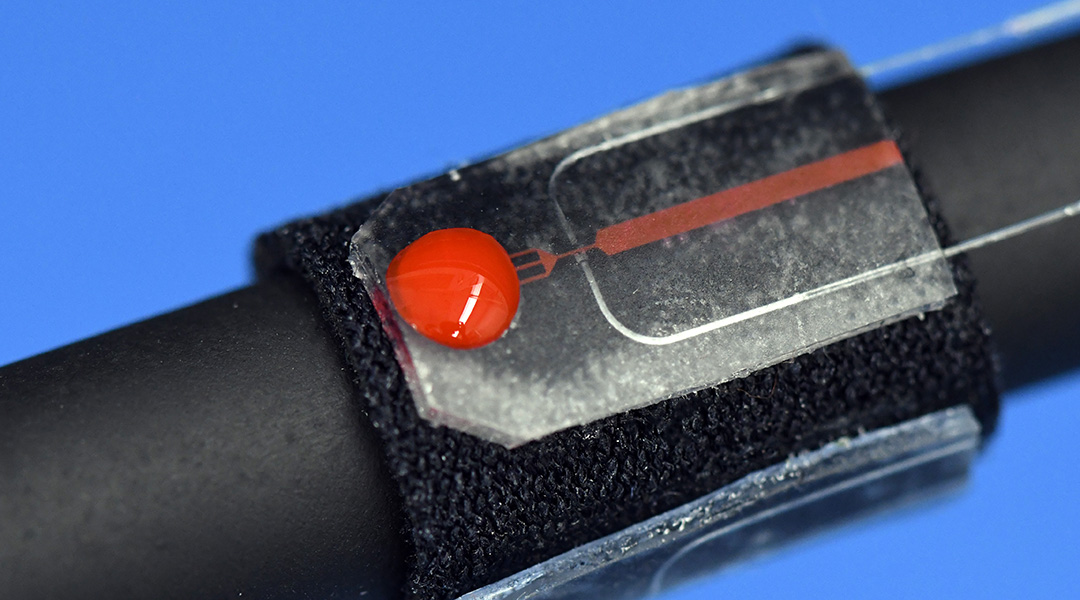
A new blood sensor utilizes miniaturized channels to monitor for accidental bleeding during colonoscopies.

Using stimuli-responsive hydrogels with regularly arranged colloidal particles, researchers create color-changing microrobots that can freely explore and gather information.
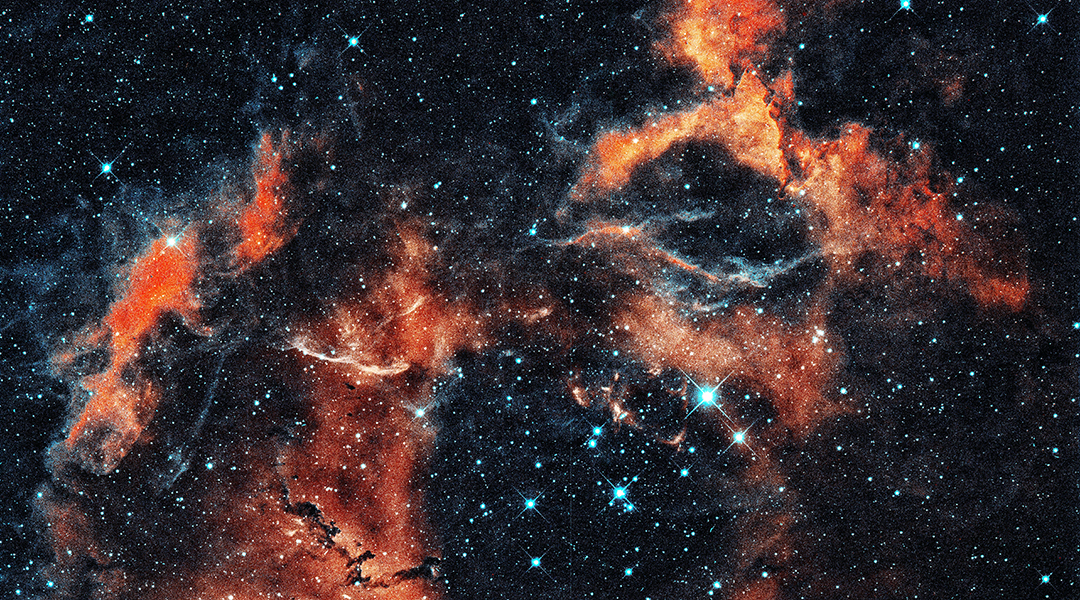
Using an artificial neural network and AI, researchers are developing a powerful computational tool to model particle physics following the Big Bang.
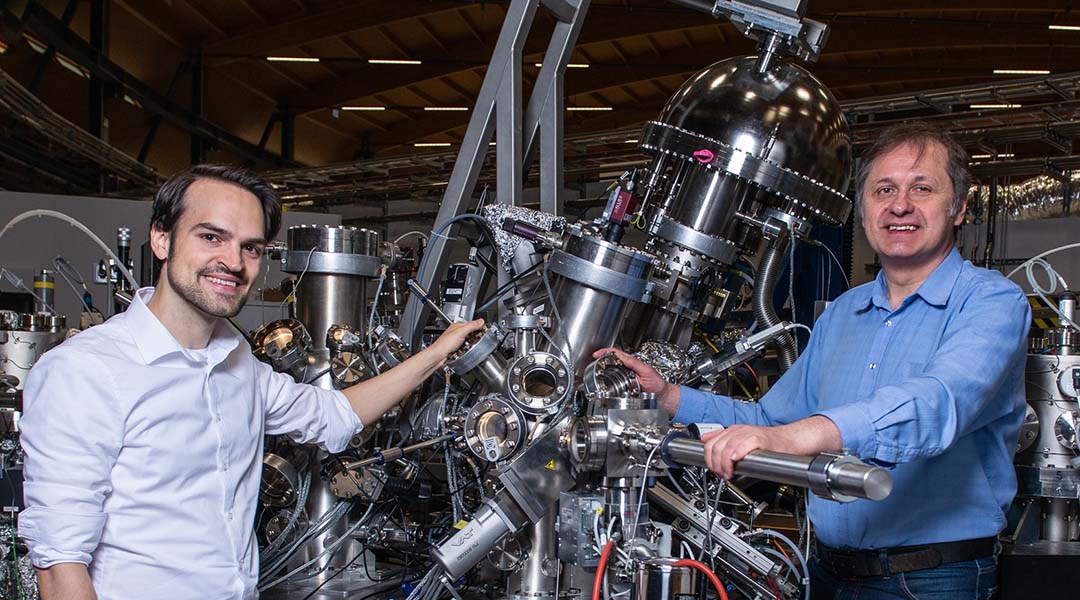
A new endeavor explores the idea of topological qubits that are easy to engineer for error-free quantum computing.